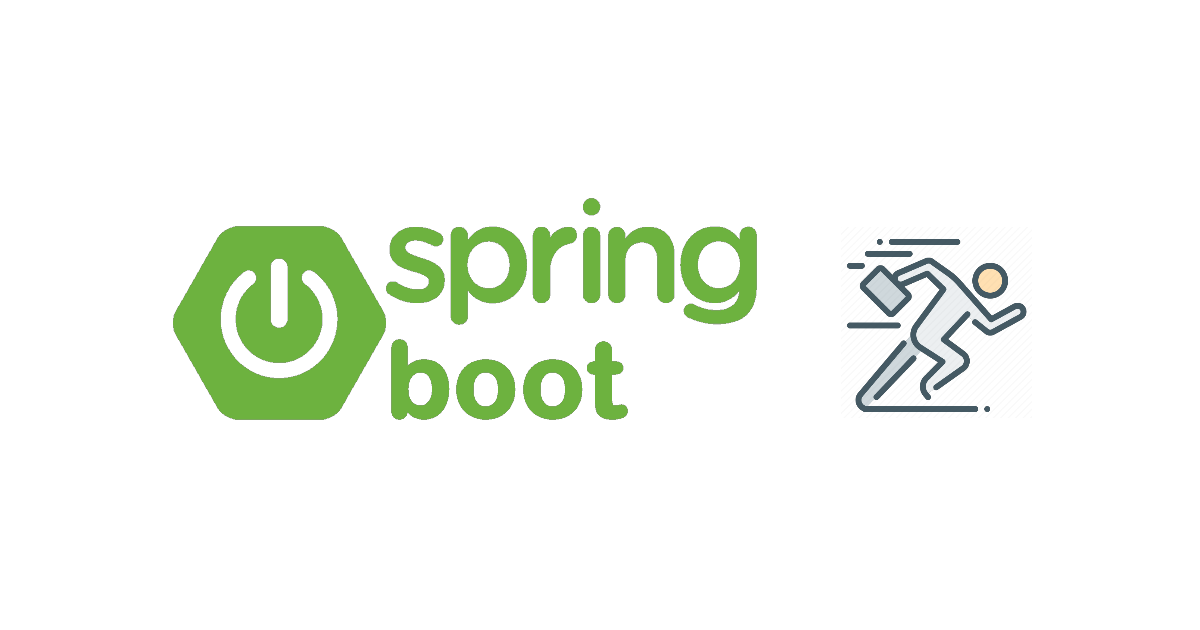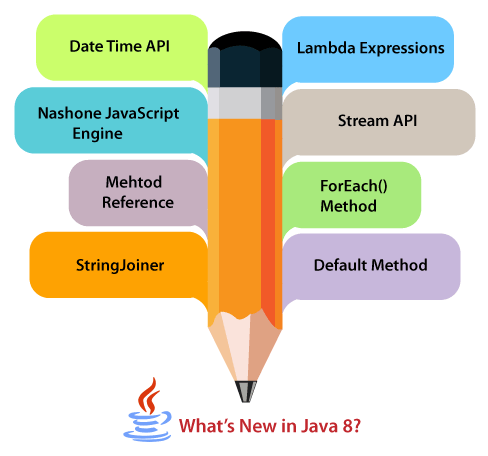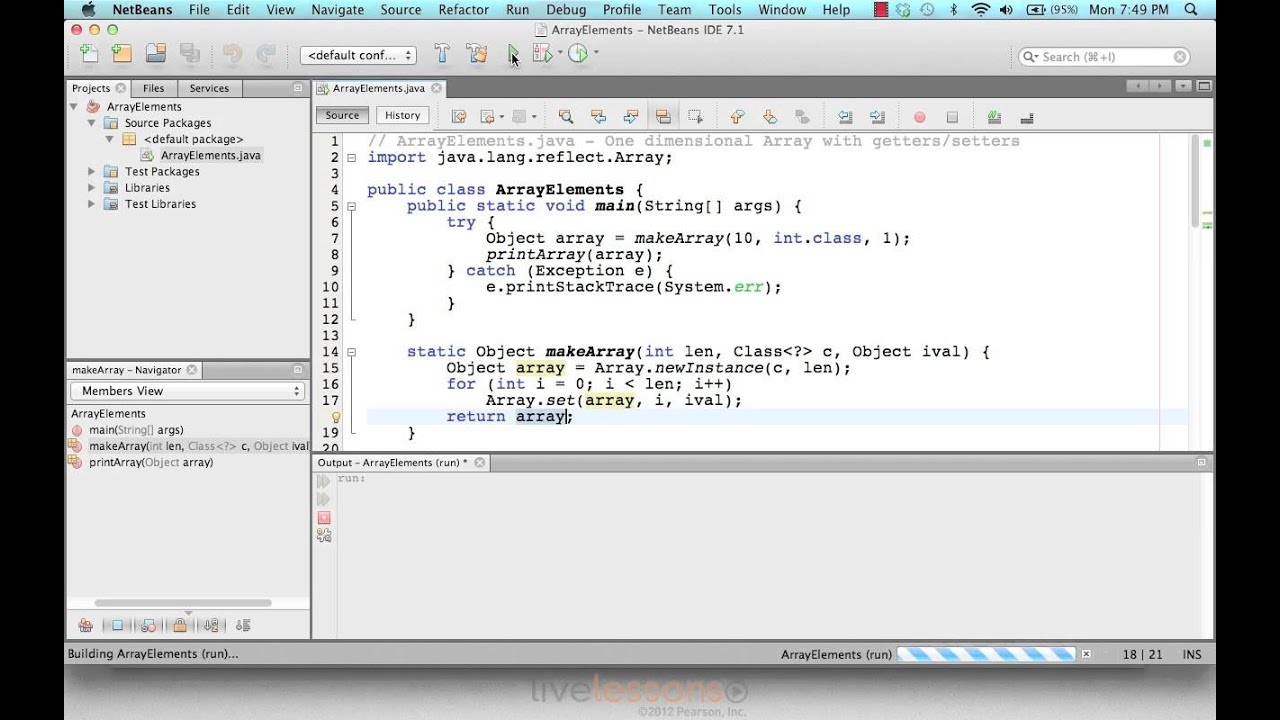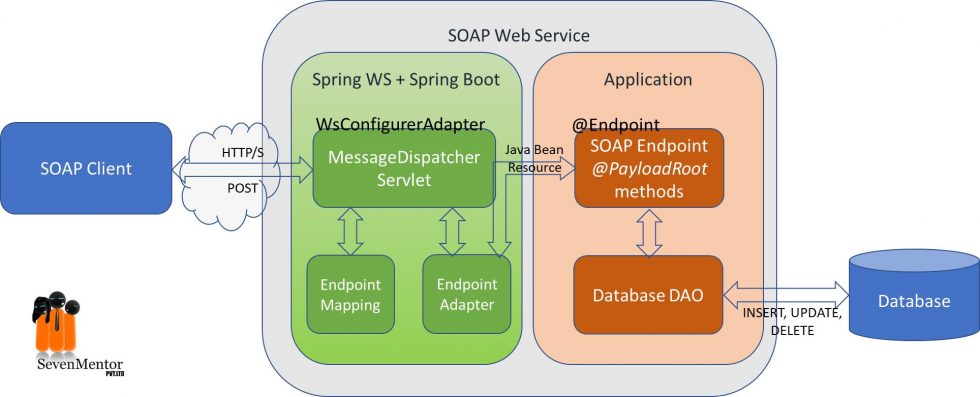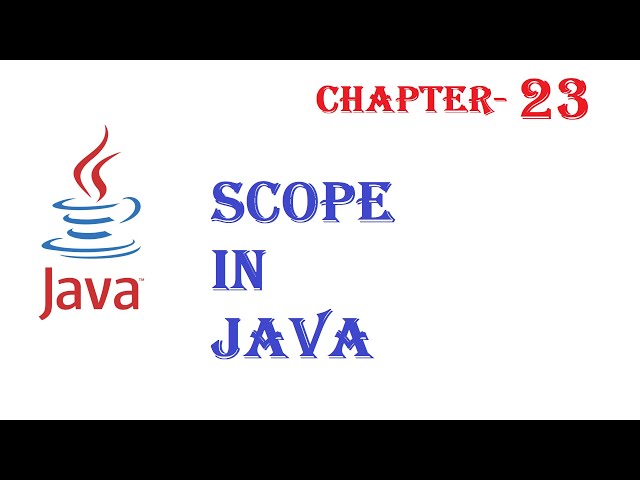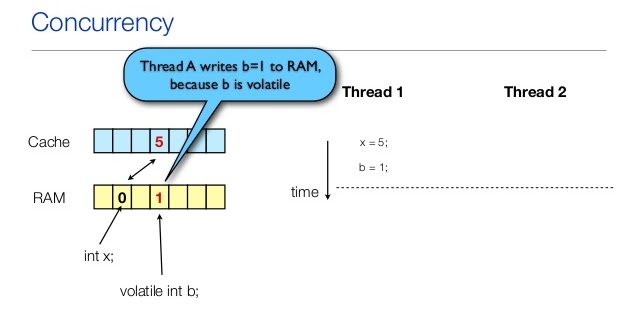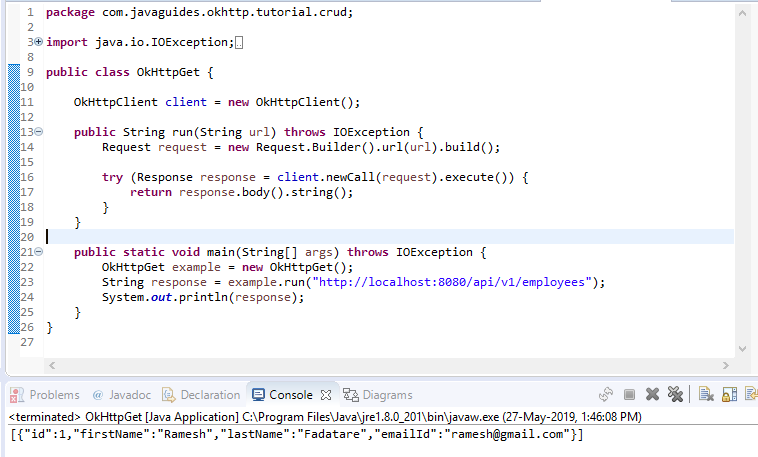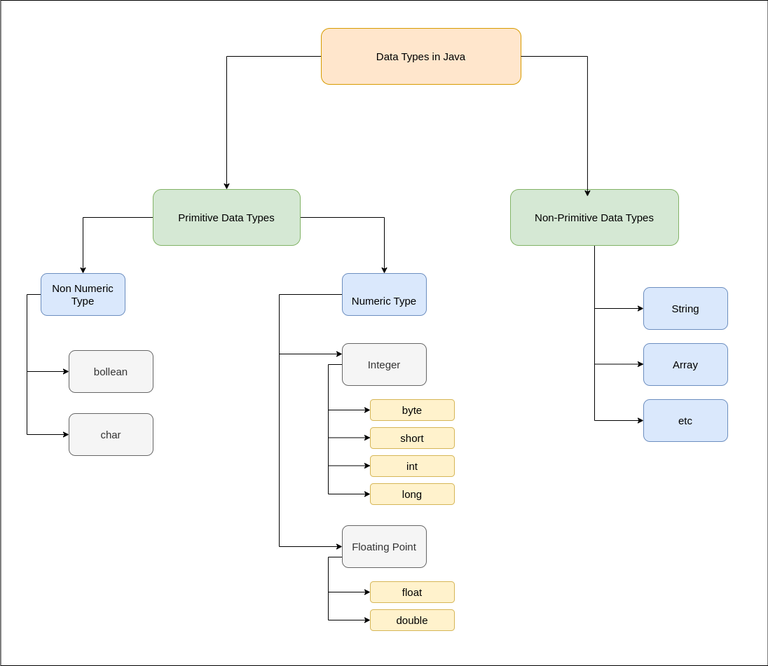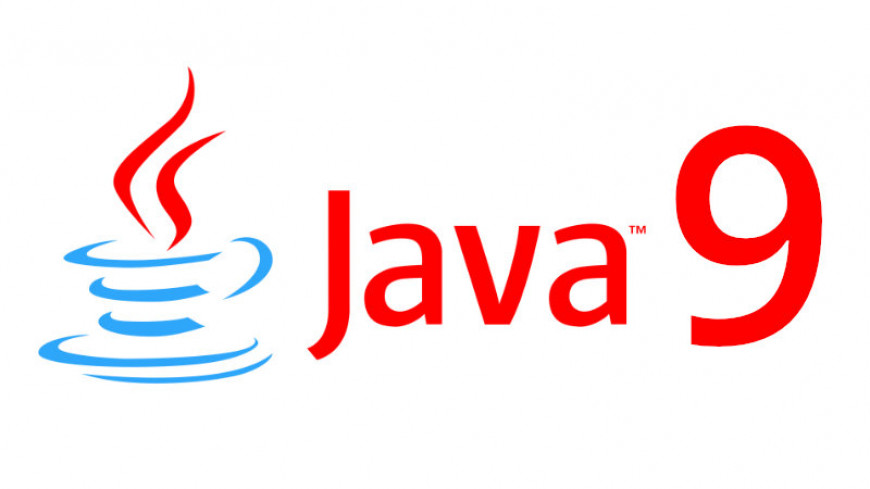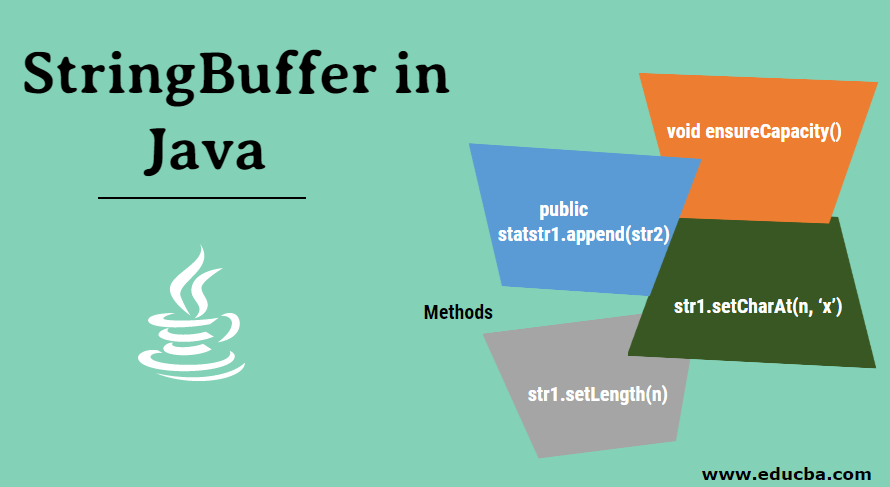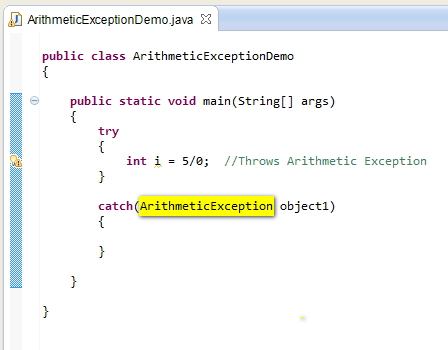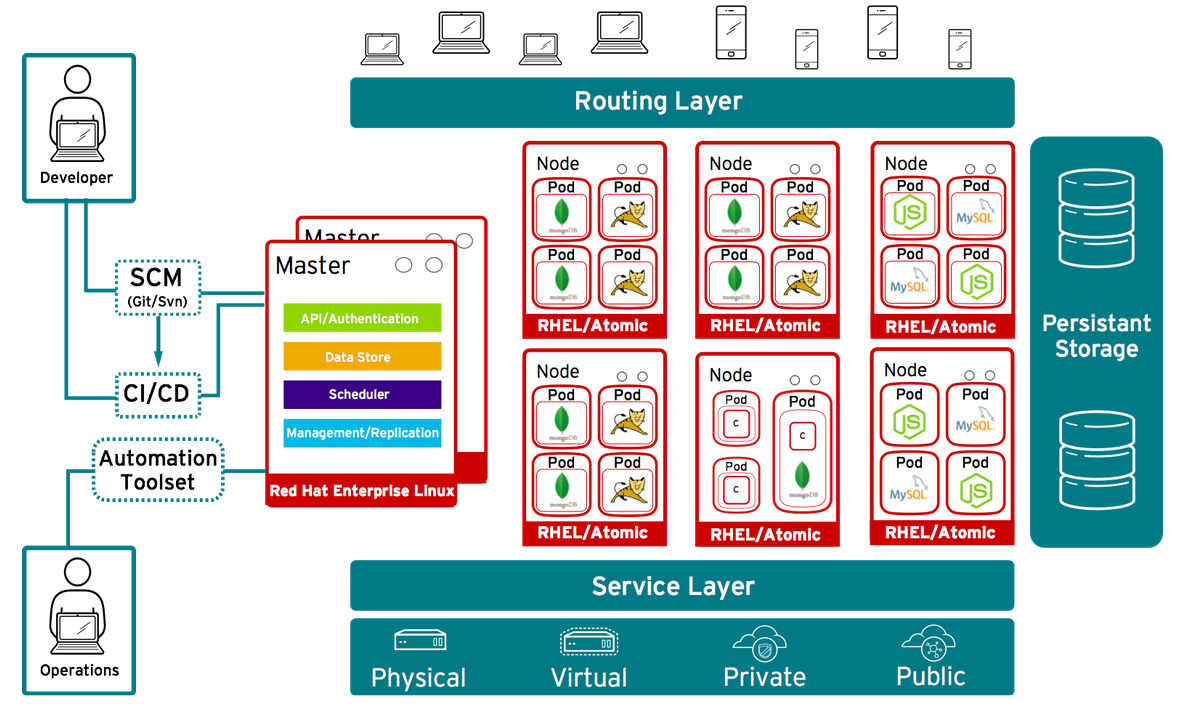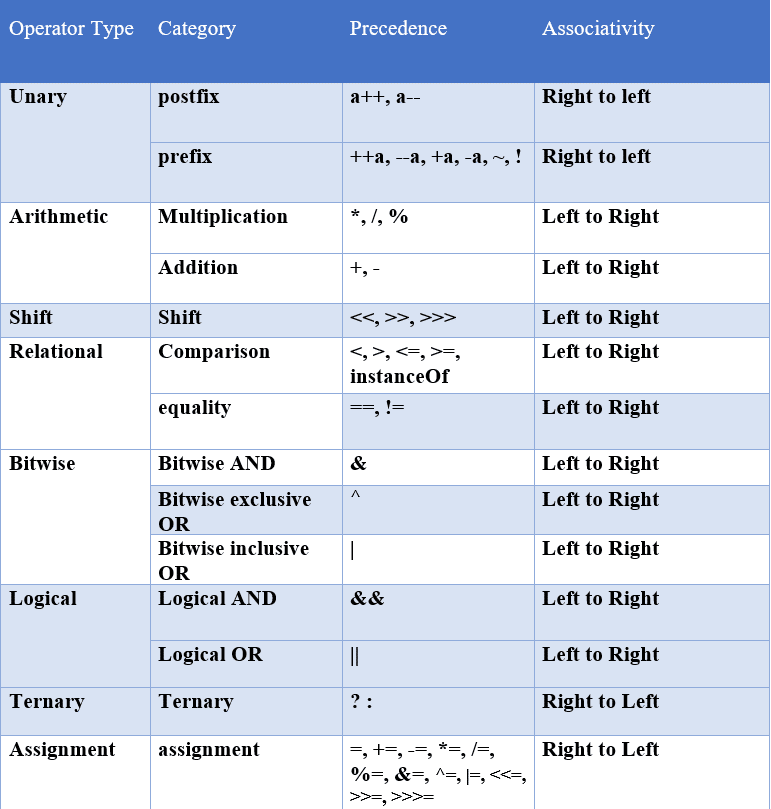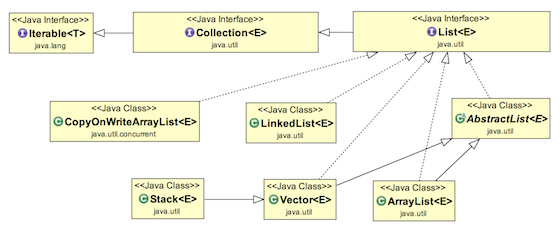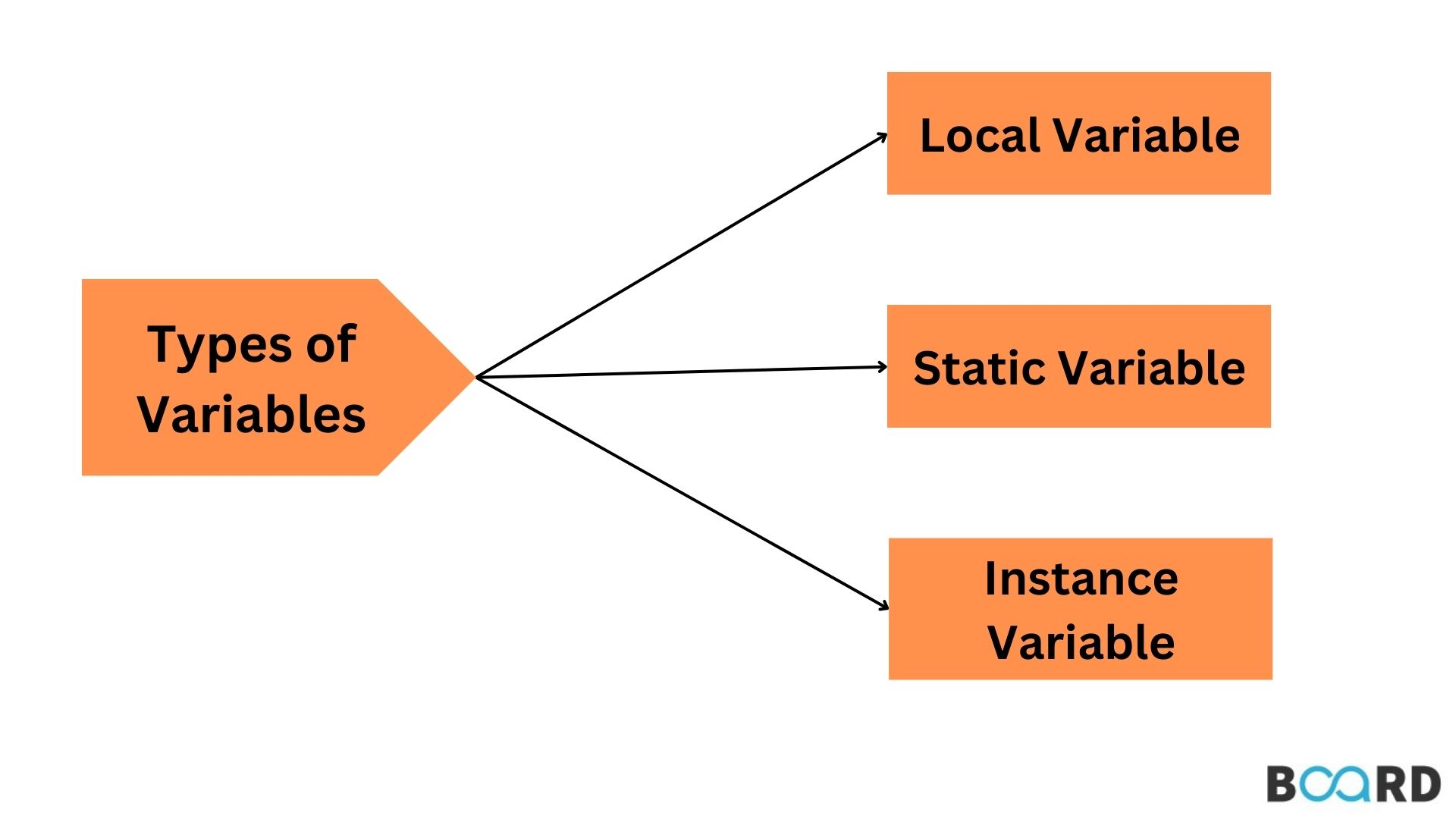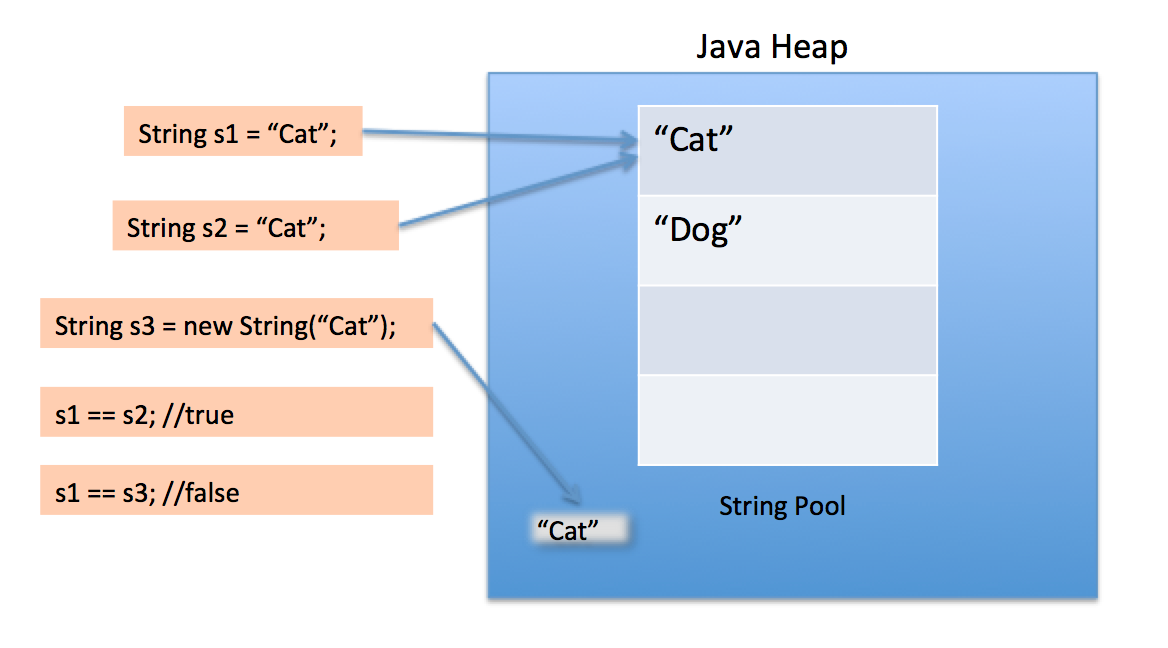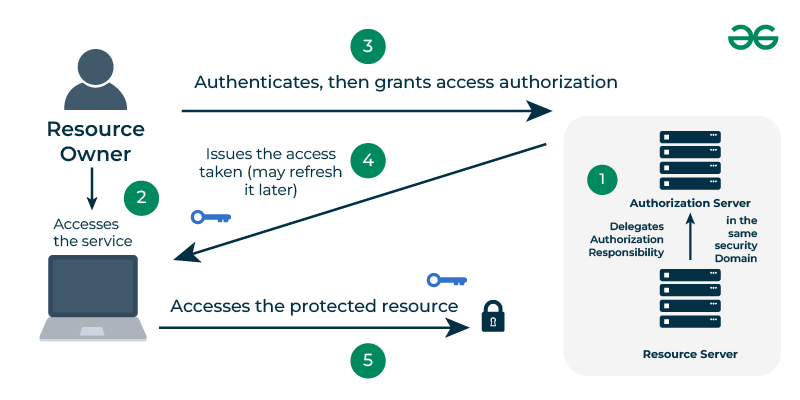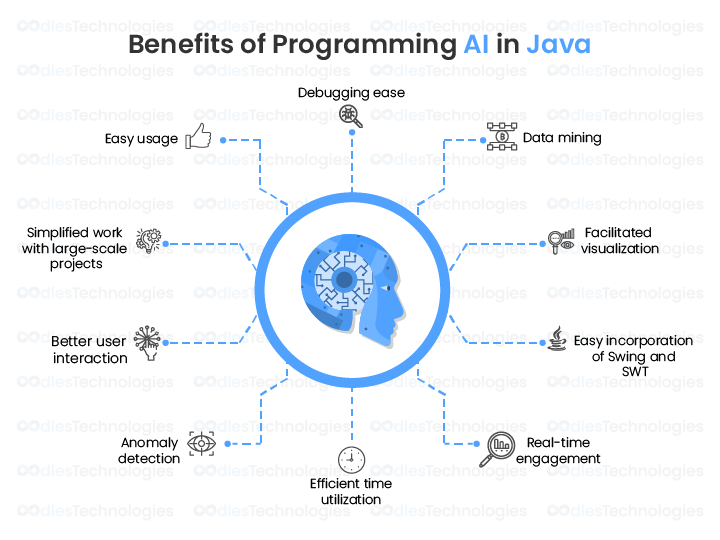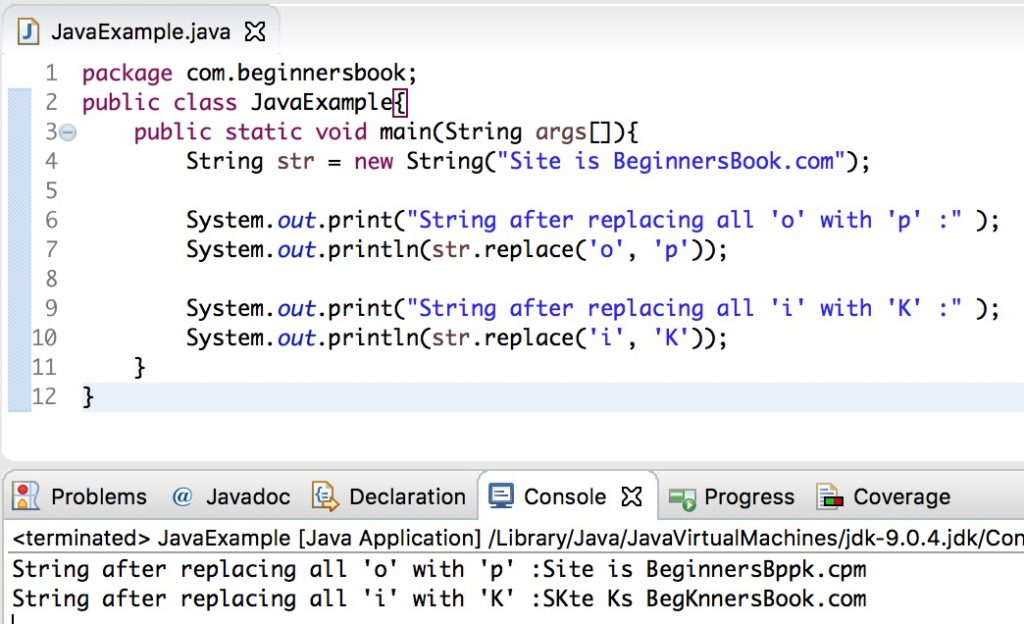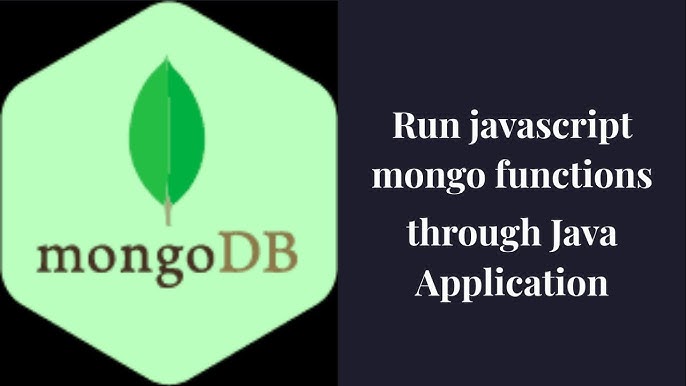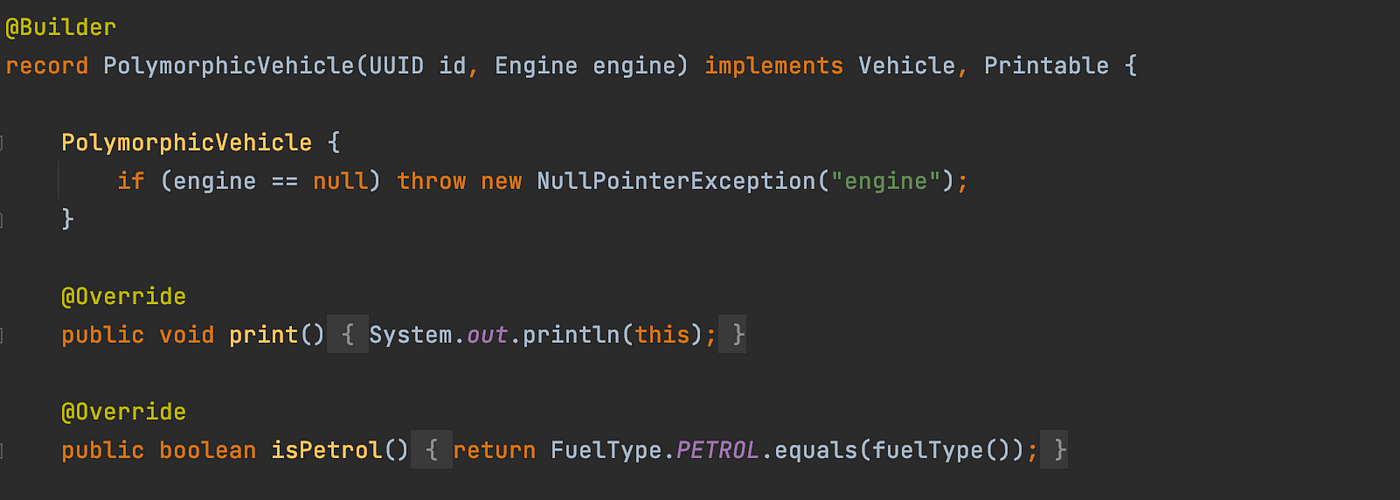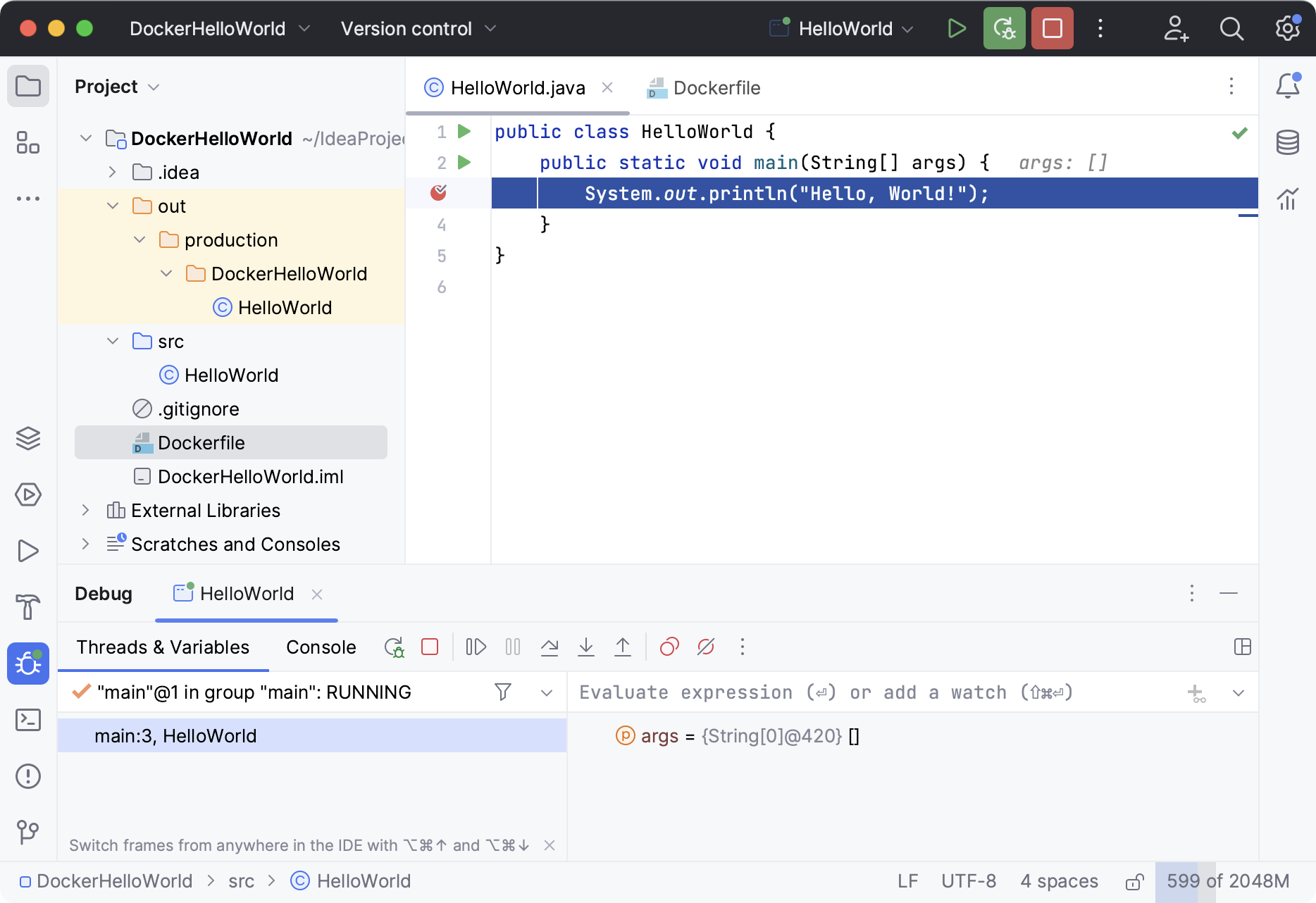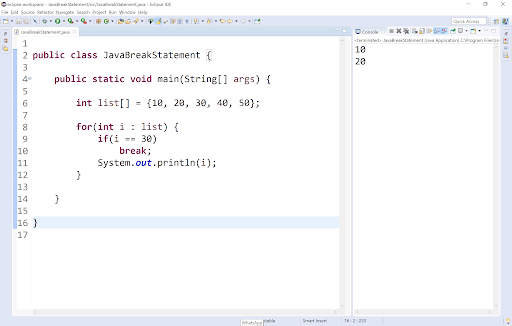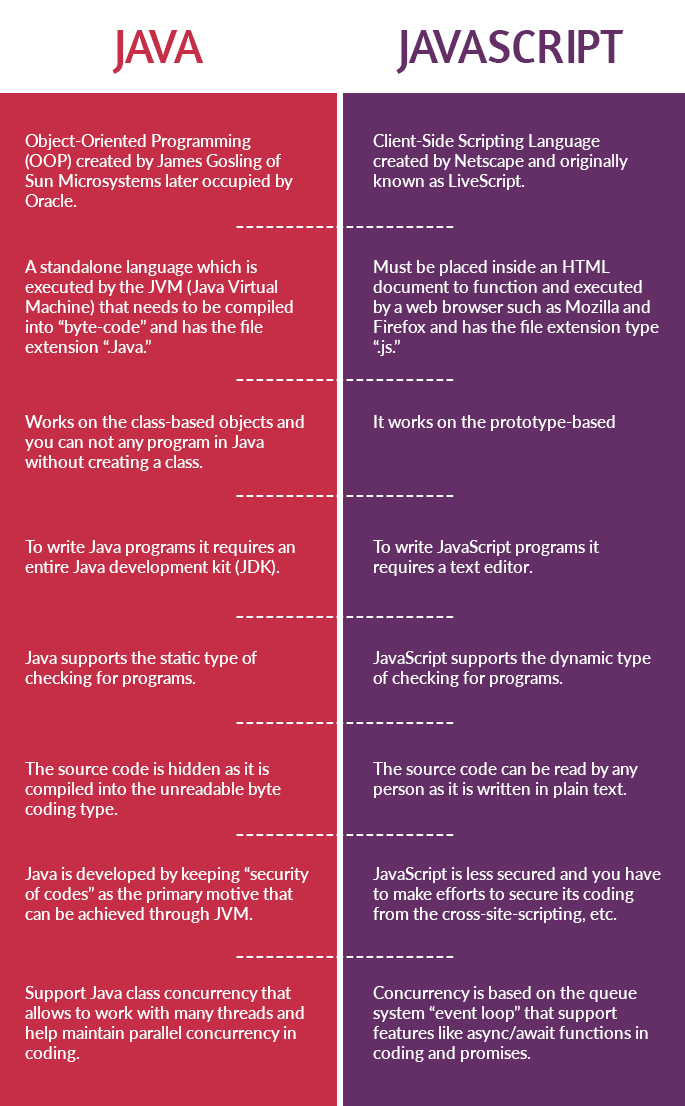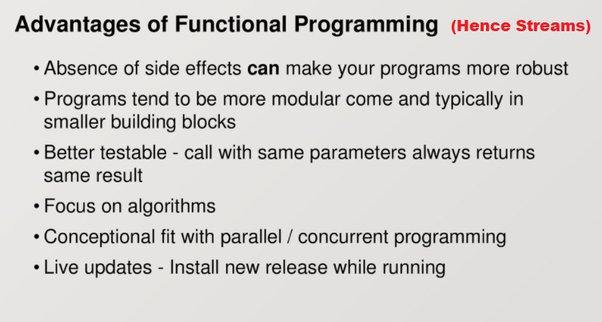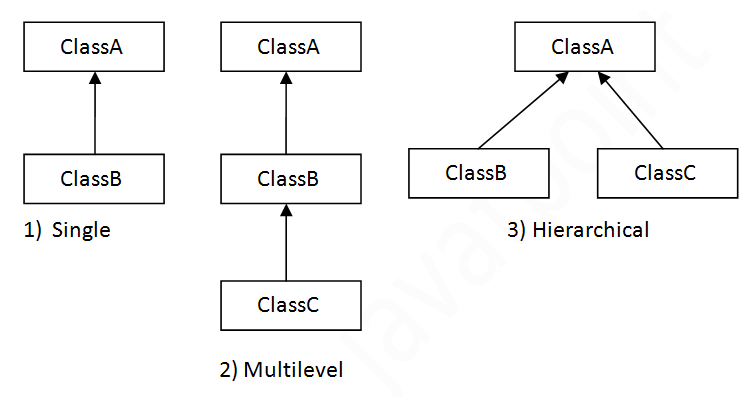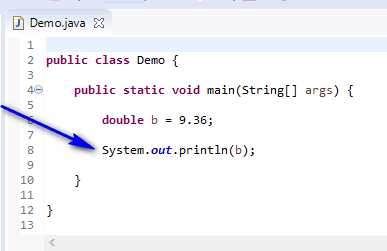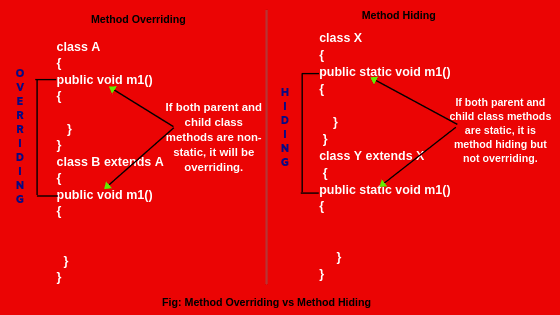What is the best framework for microservices in Java?
What is the best framework for microservices in Java?
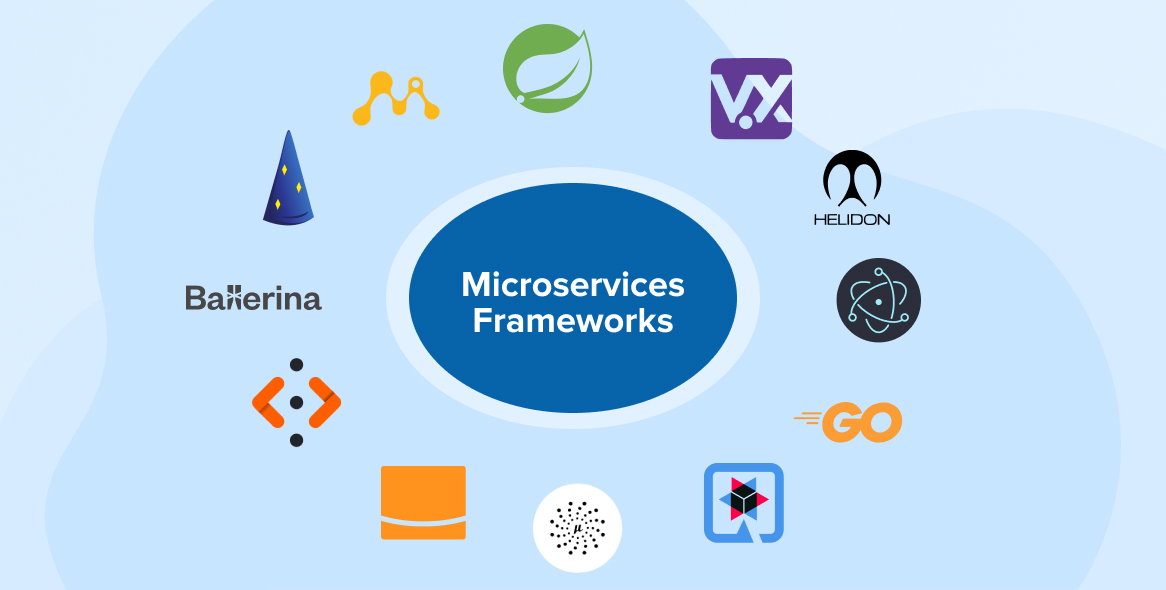
I'd be happy to help!
Choosing the right framework for building microservices in Java can be a bit overwhelming, especially with so many excellent options available. After considering various factors such as scalability, maintainability, and ease of use, I'd like to suggest some top contenders.
Spring Boot: Spring Boot is an excellent choice for building microservices. It's part of the larger Spring ecosystem, which provides a robust set of libraries and tools for building enterprise-level applications. Spring Boot simplifies the process of creating stand-alone, production-ready Spring-based applications. Its auto-configuration features make it easy to get started with minimal setup required. Netflix's Hystrix: If you're dealing with services that need to handle a high volume of requests and potential failures, consider using Netflix's Hystrix. This library provides circuit breakers, fallbacks, and timeouts for handling distributed systems. It's an excellent choice if your microservices require robust fault-tolerance. Dropwizard: Dropwizard is a relatively new player in the Java ecosystem, but it has gained popularity quickly due to its ease of use and flexibility. This framework focuses on building production-ready applications with minimal setup required. It also provides built-in support for metrics, logs, and configuration management. Quarkus: Quarkus is an innovative framework designed specifically for building cloud-native microservices. It's based on the Java EE architecture but has been optimized for the needs of modern microservices. Quarkus focuses on performance, reliability, and scalability, making it a great choice for high-traffic applications. Micronaut: Micronaut is another up-and-coming framework designed specifically for building cloud-native applications. It's known for its lightweight design, allowing you to create fast, efficient, and scalable microservices. Micronaut also provides built-in support for HTTP requests, JSON data binding, and more.In conclusion, the best framework for microservices in Java ultimately depends on your specific needs and preferences. If you're looking for simplicity and ease of use, Spring Boot might be an excellent choice. For fault-tolerant systems, Hystrix is worth exploring. If performance and reliability are top priorities, Quarkus or Micronaut could be the way to go.
Remember, each framework has its strengths and weaknesses, so take your time to explore the pros and cons before making a decision.
Java microservices framework list
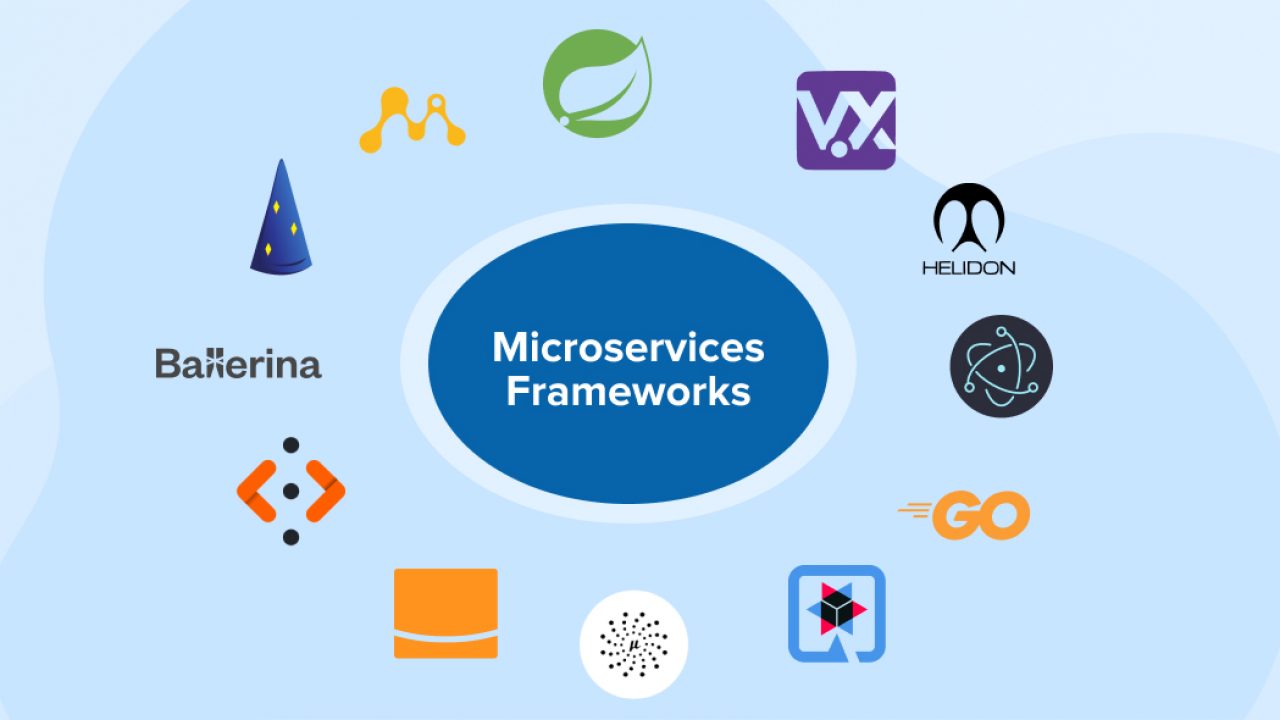
Here is the list of popular Java-based microservices frameworks:
Spring Boot: Spring Boot is a popular framework for building microservices, providing auto-configuration and production-ready features. It supports multiple protocols, including HTTP, JMS, and RabbitMQ. Vert.x: Vert.x is a toolkit for building asynchronous and concurrent systems. It allows developers to create microservices that can handle large volumes of traffic. Micronaut: Micronaut is a lightweight framework for building modular, loosely-coupled systems. It supports both HTTP and WebSockets protocols. Quarkus: Quarkus is an open-source Java framework for building cloud-native applications. It provides support for containerization and Kubernetes. Reactive Streams: Reactive Streams is a specification for processing asynchronous data streams in a way that is robust, efficient, and scalable. Java frameworks like Project Reactor and Spring WebFlux provide implementation for Reactive Streams. Lagom: Lagom is a framework for building cloud-native applications using Java. It provides support for containerization, Kubernetes, and Service Discovery. MuleSoft: MuleSoft is an integration platform that enables the development of connected systems. It supports multiple protocols and data formats, making it suitable for microservices architecture. Apache Camel: Apache Camel is a rules-based integration framework that provides support for building messaging-driven applications. It can be used as a foundation for building microservices. Sisu: Sisu is an open-source Java framework that enables the development of scalable and fault-tolerant systems. It provides support for clustering, load balancing, and caching. Apache Geode: Apache Geode is a distributed data grid platform that enables the storage and retrieval of large amounts of data. It can be used as a foundation for building microservices. Axon Framework: Axon Framework is an open-source framework for building scalable and fault-tolerant systems using Java. It provides support for event-driven architecture. Zeebe: Zeebe is an open-source workflow engine that enables the development of highly-available and scalable applications. It can be used as a foundation for building microservices.These frameworks provide various features such as:
Service discovery Load balancing Caching Clustering Containerization Integration with Kubernetes and Docker Support for multiple protocols (HTTP, WebSockets, JMS, etc.) Event-driven architecture Scalability and fault toleranceWhen choosing a microservices framework, consider factors such as the size of your team, the complexity of your application, and the level of scalability and reliability required.
